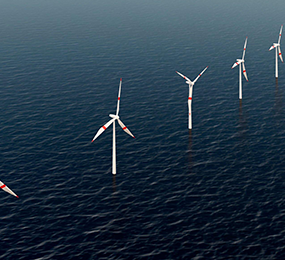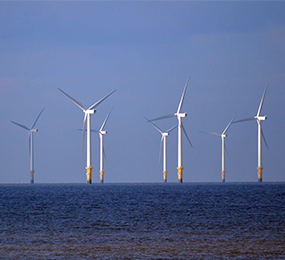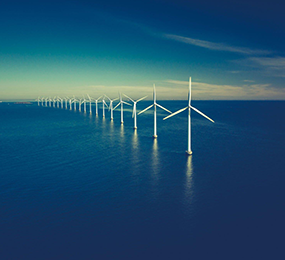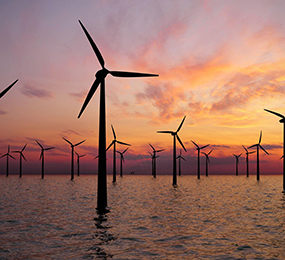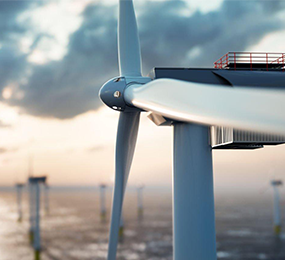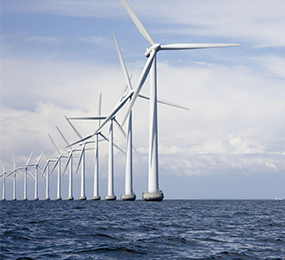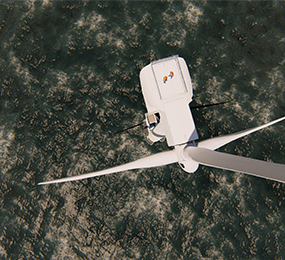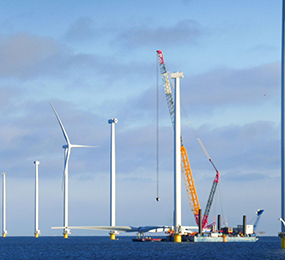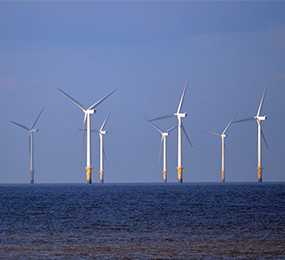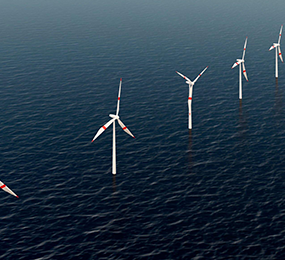Exploring the Bankability and Insurability of Floating Wind Projects
How do you make a floating offshore wind plant financially viable?
Structuring a project to secure non-recourse finance for the first floating offshore wind projects must thus be done in a way that gives banks confidence in unlocking a whole new sector in the face of "unknown unknowns."
This means that, in addition to the usual bank requirements for offshore wind, developers must ensure that the following structuring features are carefully considered:
1. General - keep it simple: raising project finance for the first floating projects is a major ask, and projects must balance novelty with a otherwise robust proposal: strong sponsors, seasoned supply chain, low country sovereign risk, professional project team and proven turbine technology, and no revenue risk.
2. Technical - choose a proven technology: the lenders will favor the most proven technologies with prototypes currently in the water, created by reputable counterparties. Data from existing prototypes should be available from developers and technology vendors. This will apply to all facets of technological innovation, not only the floating basis (mooring, dynamic cables, and perhaps boats).
3. Contractual - aim for a healthy framework with no loopholes: contracts must be especially protective.
– It is preferable to have a small number of building contracts (2 to 6).
– Full-scope, fixed-price and long-term O&M contracts must be in place from financial closure.
– The terms and amounts of liquidated damages and assurances must be quite high.
– The interface risk will be evaluated, with an emphasis on any gap existing between the foundation and turbine contracts.
– The floating manufacturer's commitment to ensuring valid production circumstances for the turbine (inclination, etc.) will be closely scrutinized.
The insurability of a project can make or break a bid.
Risk adaptation
Since the turn of the century, fixed-bottom offshore windfarms have been erected on a large scale. The hazards have grown more generally known over time, and the insurance market's approach to policy coverage and risk allocation has begun to show indications of maturity. Insurers are therefore well-versed in issues such as maintenance delays due to weather conditions, availability of specialist offshore vessels and crew experience, the continuous evolution of technology, evolving supply chains, natural catastrophe exposures, and emerging markets when breaking down the costs of claims.
Natural companions
Oil and gas companies have worked with several aspects of the floating offshore wind supply chain and have a defined and standardized approach to contracting, risk allocation, and insurance.
Improving insurability facilitates project funding.
Lenders are more likely to support a project that can demonstrate a comprehensive and well-structured insurance solution. Such solutions have the potential to increase capital inflows and, as a result, the expansion of this developing industry. The following activities should be taken to optimize the availability of insurance for a floating offshore wind farm:
1. Early collaboration among all project parties, including contractors, floating technology providers, and joint venture partners. Making a proper risk allocation early in the process will save time and money as the insurance placement process progresses.
2. Thorough evaluation of the supplier chain's quality and experience. Consider hiring as many "tier one" contractors as you can. Contractors will be evaluated by insurers, and their experience and quality of work will be a crucial distinguishing element for your project.
3. Appointment of a maritime warranty surveyor as soon as possible. Consider include them in your early engineering process.
4. Confirm with a reputable certification authority (such as DNV or ClassNK) that the design process meets performance requirements.
5. Early involvement with risk management brokers and pre-selection of an insurer to collaborate closely with your project team. To ensure that risks are adequately assessed and mitigated, the insurance placement process will need to be carefully managed with a lead time of six to nine months.
Visit our website to know more: https://bit.ly/3WI81v2
For more information and group participation, contact us: [email protected]
Leadvent Group - Industry Leading Events for Business Leaders!


